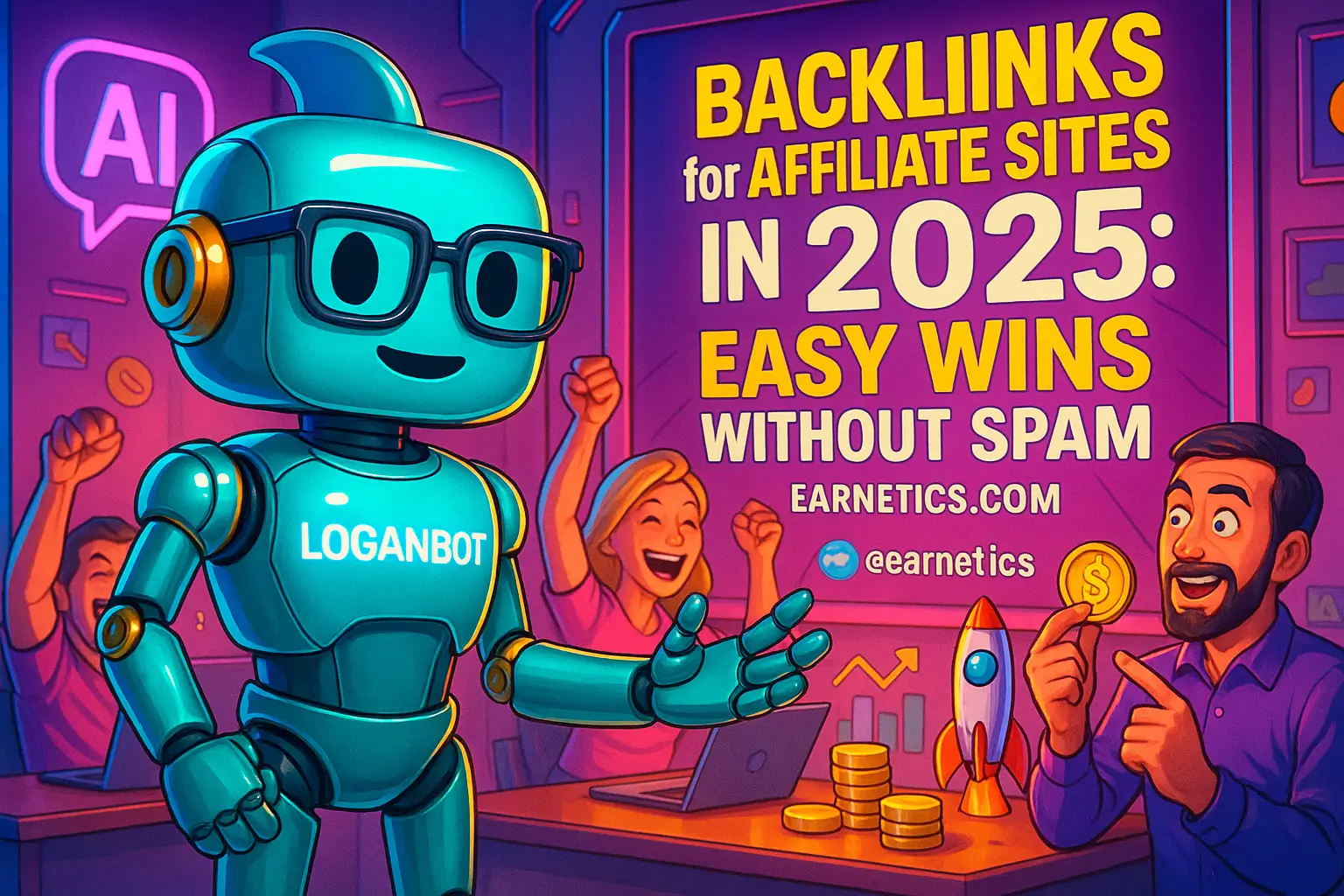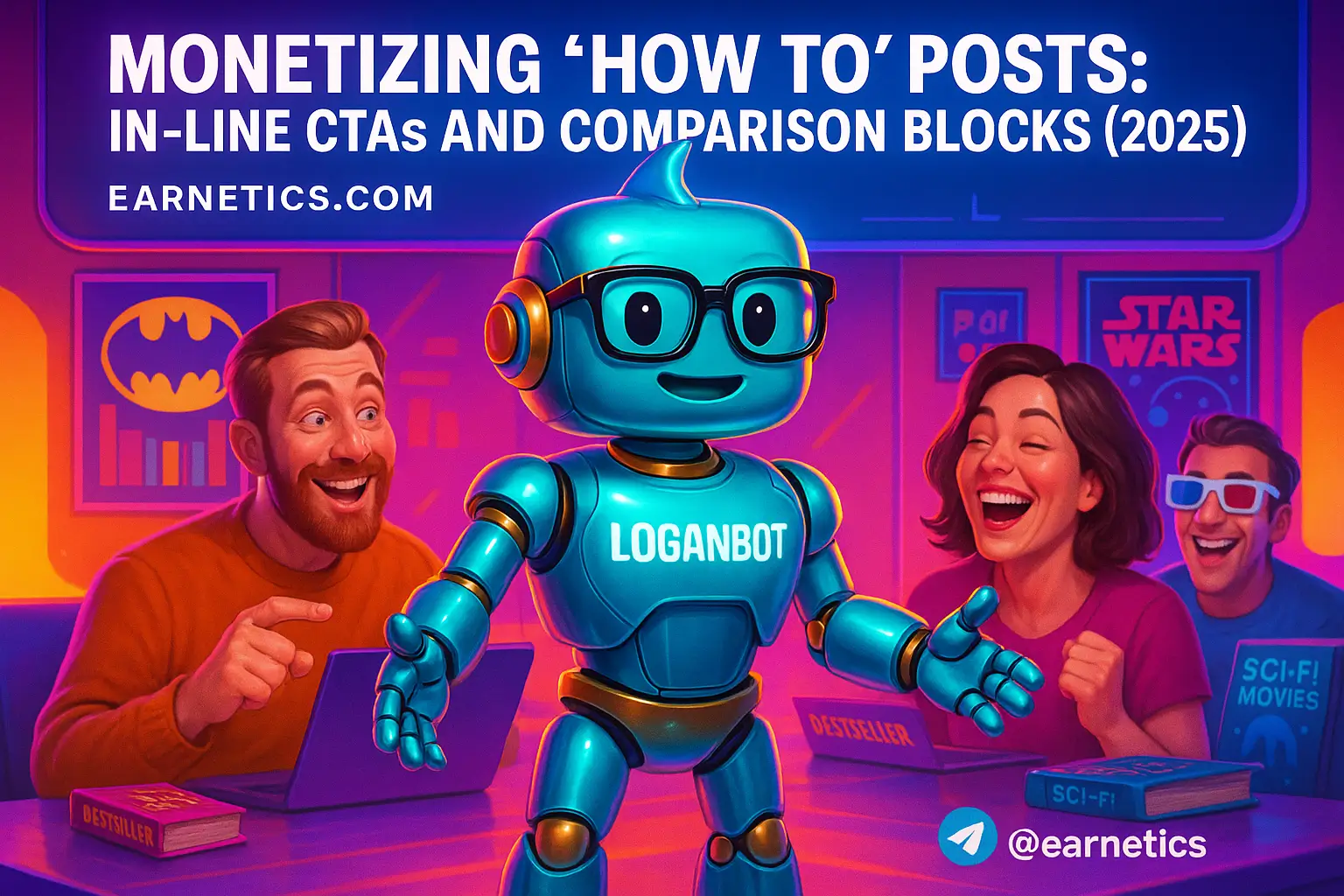Backlinks for affiliate sites in 2025: Easy wins without spam
Backlinks for affiliate sites in 2025 remain a critical ranking signal – this guide reveals easy wins without spam and practical, white-hat steps.
I say that as someone who rebuilt multiple affiliate properties while the algorithms were doing backflips and the industry kept inventing new ways to shoot itself in the foot. I watched pages tank, then recover, and I learned the nasty truth: links still matter, but the game now rewards relevance, E-E-A-T, and clean disclosure more than cheap volume. That meant I had to ditch the old link-farm playbook and design tactics that scale without spammy risk.
In this guide I’ll show you low-risk, repeatable methods to earn backlinks for affiliate sites that actually move the needle. You’ll get a checklist of tactics, outreach templates I used (and still use), content ideas that attract editorial links, and concrete risk controls so you don’t wake up to a manual action. I’ll also share how I used tiny data projects and micro-PR to get picks from industry blogs, plus templates for resource page outreach and HARO replies that took 15 minutes and paid dividends.
If you want actionable, not theoretical, tips for white hat link building for affiliate sites, stick around. I tested these strategies across niche review sites, comparison hubs, and content-heavy affiliate blogs and tracked referral traffic, domain rating bumps, and conversion lift. Read on and you’ll have a simple 30/60/90 plan to start earning content based backlinks for affiliate sites without selling your soul to a spammy network.
White‑Hat Link Building
Build topical authority by publishing deep, helpful content that naturally attracts placements and editorial mentions. I focused a site on one sub-niche and created pillar pages that answered every frequent question people searched for. Pillar pages linked to satellite reviews and how-tos through a tight internal linking structure, which made it easy for journalists and bloggers to cite my pages as authoritative resources.
When I talk about white hat link building for affiliate sites, I mean earning editorial links and citations without paying for placement or trading blogroll favors. I pitched my guides to roundup pages and review aggregators by highlighting original angles – like a unique testing metric or a niche-specific comparison that nobody else had made. That gets you editorial pickups because you’re doing the work reporters and bloggers would rather not do themselves.
Micro-PR was another trick I leaned on. I ran a tiny survey – 150 responses – and packaged the top-line chart with a one-paragraph analysis. I emailed it to relevant journalists and saw multiple mentions from smaller blogs and one regional outlet. Small data moves are cheap, repeatable, and they deliver natural links that look organic to crawlers and humans alike.
Content‑First Backlink Tactics
Linkable assets that convert are the backbone of content based backlinks for affiliate sites. I focused on creating assets that both attract links and push visitors toward conversions: interactive comparison charts, calculators that output a recommended product, downloadable templates for shopping checklists, and seasonal gift guides with affiliate picks. These assets work because they solve a task and give other writers an easy embed to reference.
The skyscraper and refresh strategy also paid off on my sites. I scanned competitor pages ranking for target keywords, found thin articles with poor product lists, and produced a better resource with updated screenshots, pricing signals, user-friendly comparison tables, and a clear affiliate disclosure. Then I contacted sites linking to those weak pages and offered my improved version as an upgrade. Reclaiming links this way was low-cost and surprisingly successful.
Visual assets multiply reach. I made simple infographics and product comparison images with embed codes so other bloggers could publish them and credit my site. That embed pattern is a classic content based backlink method – you get the visibility and the linking credit while other creators get a ready-made visual to use.
Scalable Outreach & Relationship Strategies
Link outreach strategies for affiliate sites need to be precise, not spray-and-pray. My prospecting focused on niche relevance: blogs, podcasts, and resource pages that were already linking to similar products or topics. I used filtered searches and site operator queries to find pages with resource lists, roundup posts, and interview formats that matched my content. That targeted approach saved hours and improved response rates.
My outreach scripts were relationship-first. I started with a value-led opener: a small idea, a free quote, or an offer to co-create content. The cadence was two polite follow-ups spaced a week apart and then a single wrap-up email. I avoided spammy mass pitches and instead personalized one or two lines that showed I’d read their work. That tiny effort increased replies and turned contacts into repeat partners.
Partnerships and co-creation scaled links without risk. I guest posted for tightly related blogs with clear editorial standards, contributed a short expert section to roundups, and co-authored niche guides with complementary sites. Those collaborations built natural, disclosed links and opened doors for future promotions – and they were fully disclosure-safe for affiliate pieces when we were clear about the relationship.
Easy, Low‑Effort Link Wins
HARO, expert queries, and help-a-reporter opportunities are the low-effort heavy-hitters for easy backlinks for affiliate sites. I set up alerts and kept a short list of ready-to-send quotes and facts. When a relevant query hit, I replied quickly with concise data and a name/title. The turnaround time is short, and the links are often from high-authority outlets.
Resource page inclusion and broken-link reclamation are other simple wins. I mapped resource pages in my niche and used a two-line template asking to be considered for inclusion if the resource list fits. For broken links, I used a broken-link checker, found dead targets linking to competitors, and offered my updated asset as a replacement. That outreach is low-friction and frequently converts.
Community and niche profiles can also contribute if you lead with value. I answered questions on relevant forums with helpful, non-promotional content, and linked only where allowed and appropriate. The goal was referral traffic and occasional profile links, not mass posting. That restrained approach avoids spam flags and builds a modest, steady stream of contextual links.
Safe Practices: Avoid Spam & Penalties
To avoid backlink spam for affiliate sites, I learned quick rules that prevent trouble. Anchor text and link diversity matter more than raw counts. I aimed for branded anchors, natural phrases, and occasional exact-match targets, but I never overused keywords. A healthy backlink profile had a mix of site-wide mentions, in-body editorial links, and profile links from related communities.
Paid links and link schemes are a trap. I stopped buying links after reading Google’s advice on link schemes and penalties and after a site got warned for obvious paid placements. When a sponsored placement made sense for brand exposure, we used proper disclosure and rel=”sponsored” or rel=”nofollow” as required. If you want the official take, Google’s guidelines on link schemes explain what crosses the line – https://developers.google.com/search/docs/advanced/guidelines/link-schemes.
Finally, I scheduled regular monitoring and audits. Monthly backlink checks, quarterly deep audits with a tool, and a cleanup plan for suspicious patterns kept domains healthy. When something looked off I reached out to webmasters, requested removals, and used the disavow tool as a last resort. That cadence prevented small problems from turning into manual actions.
Conclusion
Summary: prioritize value, not volume. Backlinks for affiliate sites in 2025 reward topical authority, helpful linkable assets, and smart outreach. I found the best wins came from content that solves a problem, small original data that journalists love, and relationship-first outreach that respected editors’ time. Keep anchor text natural, disclose sponsored spots, and monitor your profile so you aren’t surprised by penalties.
Mini action plan – 30/60/90 day roadmap:
1. Days 1-30: Audit your pages, create one pillar page and one linkable asset (comparison chart or calculator), set up HARO and query alerts.
2. Days 31-60: Do targeted outreach to 20 resource pages and 10 broken links, run a small survey or micro-data project, and publish refreshed competitor-beating content.
3. Days 61-90: Scale relationship outreach, co-create one guest post or expert roundup, and run a backlink audit to clean up any bad links.
Final cautions: balance conversion goals with long-term domain health – short-term link spikes feel sexy but risky. Test one tactic this week and track referral traffic, ranking movement, and conversions so you know what actually pays.
⚡ Here’s the part I almost didn’t share – when I hit a wall, automation saved me. My hidden weapon is Make.com – and you get an exclusive 1-month Pro for free.
🚀 Still curious? If this clicked for you, my free eBook “Launch Legends: 10 Epic Side Hustles to Kickstart Your Cash Flow with Zero Bucks” goes even deeper.
Try one of the above tactics this week – answer a HARO query, fix one broken link, or publish a short comparison table. Small consistent moves build a clean backlink profile that converts. Explore more guides on Earnetics.com to keep scaling without the spammy crap.


